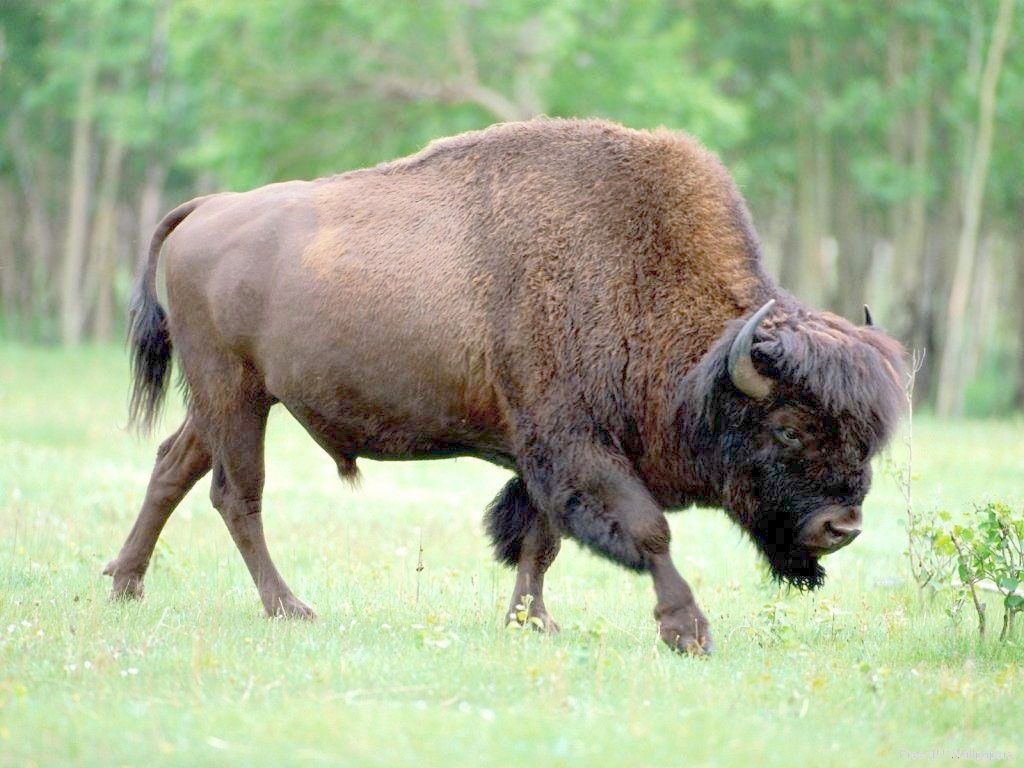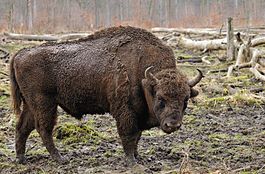Features of the Siberian musk deer
The skull, discovered on a shelf in my father's garage, greatly surprised me: what animal could have such long protruding fangs?
Maybe it was a representative of the reptile class? But, judging by the presence of a hard palate separating the oral cavity from the nasal cavity and the large size of the brain section, it was not a reptile (they only have a planned separation of the oral cavity from the nasal cavity and the brain section occupies a smaller volume than in mammals). This was also indicated by the structure of the oral apparatus. Representatives of this class have a large number of teeth and they are all the same, and if they are the same, then there is no division by function, i.e., differentiation.
Most likely, it must be a predatory mammal. After all, only in mammals the teeth are firmly seated in special cells - alveoli, differentiated, i.e. are aimed at performing various functions, and if this is so, then there should be incisors, canines, small and large molars. They differ in shapes and sizes.
Carnivorous mammals have incisors; the fangs are very large, conical in shape with pointed ends. The last false-rooted teeth protrude and have high, sharp angles. These teeth, called carnivores, are used for gnawing bones, tendons, etc. The height of these teeth is equal to ½ the height of the fangs.
But there are no incisors on the upper jaw of my find, and there never were any. The fangs do not correspond to the description of the fangs of carnivorous mammals. They are long, saber-shaped and flattened on the sides, when carnivores have rounded fangs. All small and large molars are of the same shape: they form sharp serrated projections at the edges and are 4 times smaller in height than the fangs. In carnivorous mammals, the upper jaw is straight, while in an unknown animal it is curved upward.
Much could be learned from the presence of the lower jaw, but, unfortunately, it has not been preserved. Therefore, I made all comparisons without taking this bone into account. Thus, I compared the fragments of the skull of an unknown animal that I had with the characteristic features of the skulls of all orders of the class of mammals. And only the description of one order came up - artiodactyls. A peculiarity of these animals is that there are no incisors in the upper jaw and the molars are well adapted for grinding tough plant foods. Most lack fangs. Upon further acquaintance with this order, I learned that in the suborder of ruminants, in the deer family, there is a genus of musk deer, the males of which have fangs. And only the peculiarity of the structure of the skull of this kind corresponded to the structure of the skull of my stranger. All males of this genus have one fang several milliliters shorter than the other and hang down. By knowing the length of the skull, we can determine what species the skull belonged to. The length of the skull is measured from the most posterior part of the occipital crest to the most forward part of the maxillary bones with an accuracy of 0.1 cm. Three subspecies of musk deer live on the territory of our country: Siberian musk deer, Far Eastern musk deer, Sakhalin musk deer
The Siberian musk deer is the largest, distributed in the mountain taiga of Eastern Siberia east from the Yenisei to the Lena and in the Altai. The length of the skull reaches 164 mm.
The Far Eastern musk deer is smaller in size than the Siberian musk deer. Lives in the area of Ussuri and Amur. Skull length up to 157 mm.
The Sakhalin musk deer is the smallest, found on Sakhalin. Skull length up to 151 mm.
Based on these data and measuring the length of the skull (taking into account the fact that the ends of the maxillary bone were broken off by approximately 0.5-0.7 mm), I came to the conclusion that it could be a Sakhalin musk deer. I got it, the width of the skull = 4.8 mm, and the length of the skull = 145 mm, this number is closer to the indicators of the above genus, the length of the right canine = 6 cm, the length of the left = 5.8 cm (in adult males the length of the fangs is up to 6 cm from edge of the alveolus to the end of the tooth with an accuracy of 0.1 cm). Among lovers of hunting trophies, male skulls with fangs trimmed with silver or bronze foil are prized. The price of such trophies reaches up to $500 per piece.



No comments here yet.